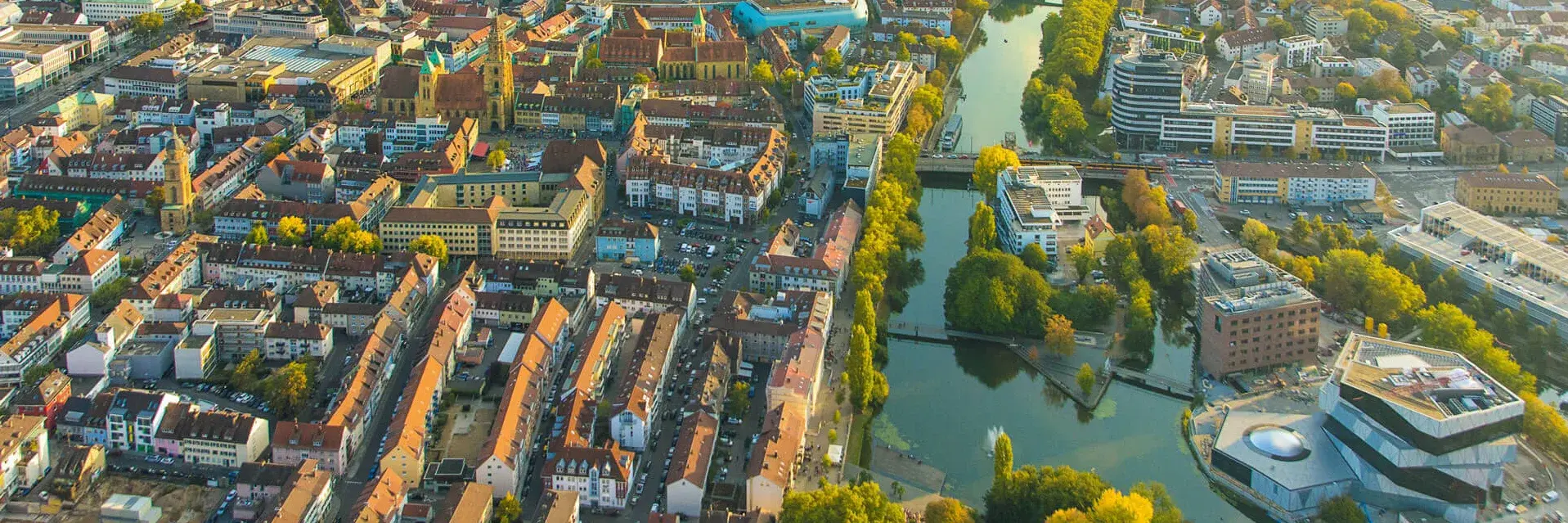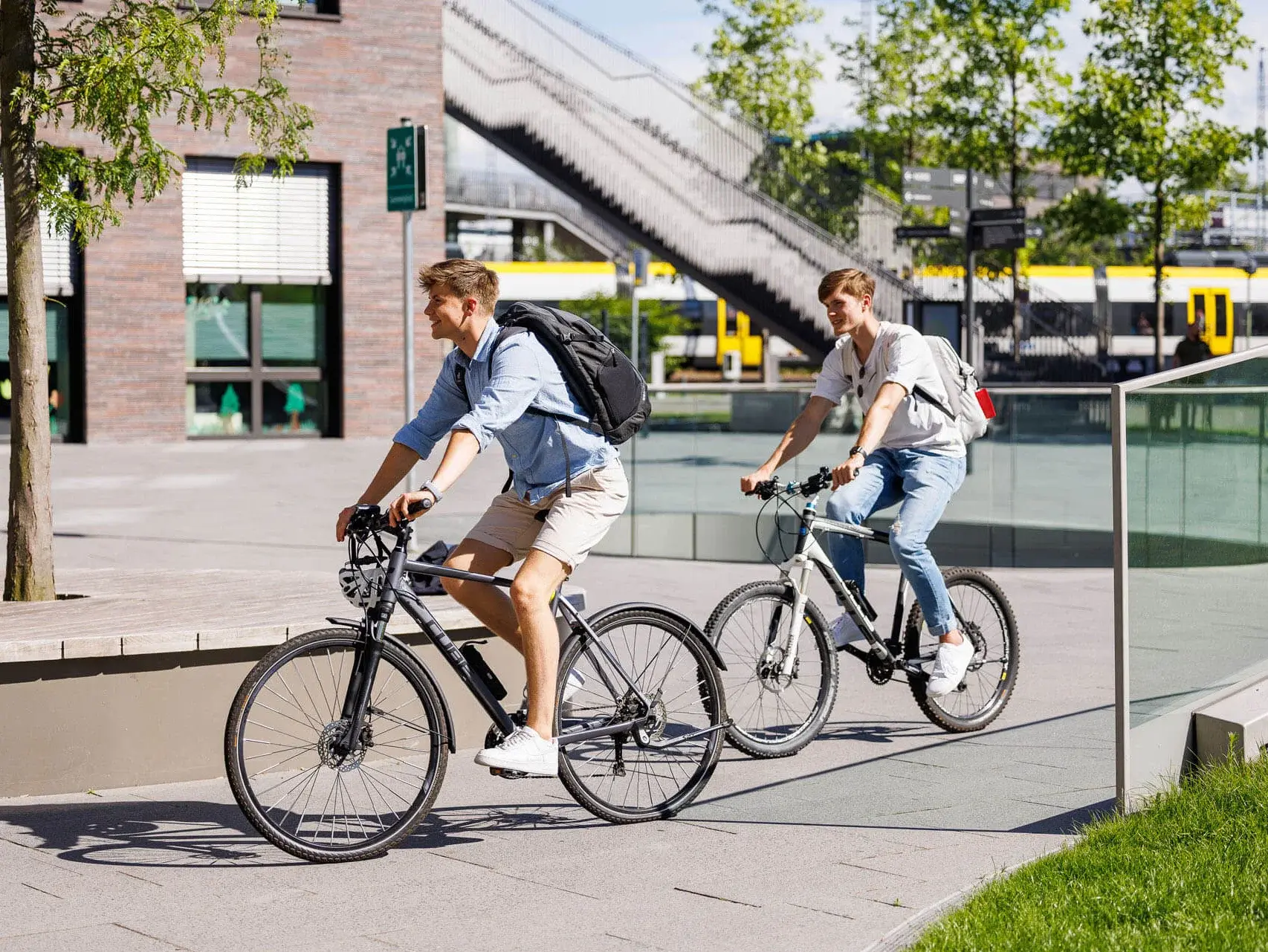A Brief Look Into the Past
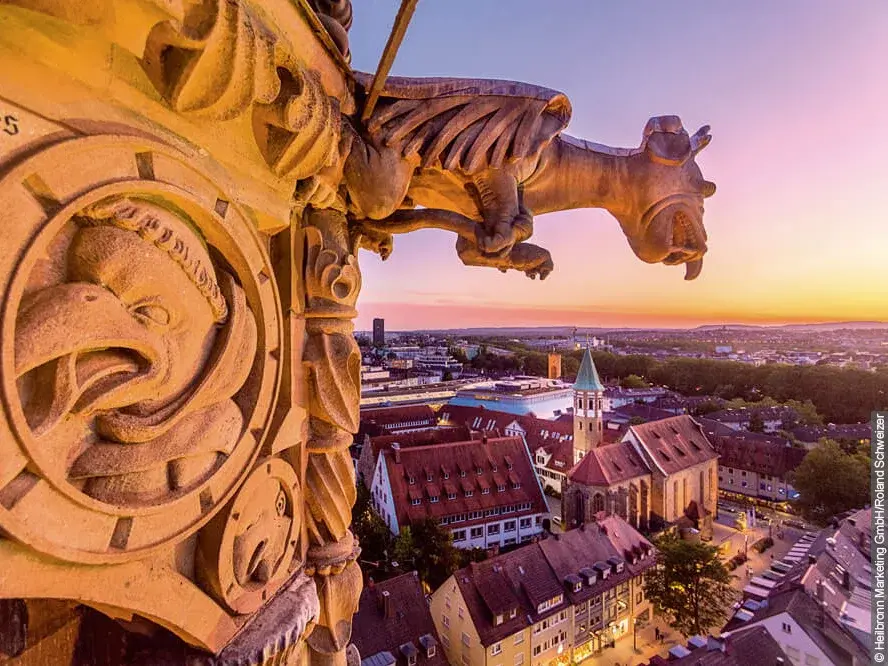
Heilbronn looks back on a long history. The city was first mentioned in a document in the year 741. Due to its rise to the status of an imperial city in 1371 and its location on the Neckar River, Heilbronn developed into an important trading center in the following centuries. In the Kingdom of Württemberg, Heilbronn was considered the "Swabian Liverpool" at the beginning of the 19th century. Due to its high density of factories, the region became a center of early industrialization. This led to a rapid growth of the city.
It was Heinrich von Kleist who made Heilbronn famous around the world. The German poet put the city on the literary map in 1801 with his play "Das Käthchen von Heilbronn".
Life Pulsates in the City
There are plenty of opportunities for leisure activities in Heilbronn. Take a stroll along the banks of the Neckar or meet up with friends in the Pfühlpark or the Wertwiesenpark. Above all, the Neckarmeile represents the modern side of the city. This beautiful stretch connects the river with the city and is considered a center of attraction for the residents of Heilbronn. There you will find stores, boutiques, restaurants and pubs - all within walking distance of the educational campus and the historic city center.
For anyone interested in culture and education, the city's museums and the Heilbronn Theater offer a broad variety. Like, for example, the Experimenta - Germany's largest science center. There, adults and children can explore fascinating natural phenomena.
Students under the age of 27 receive a discounted admission fee when presenting a valid student ID at the Heilbronn Theater box office. Groups of ten or more receive a group discount.
Living in Heilbronn
Explore the Countryside
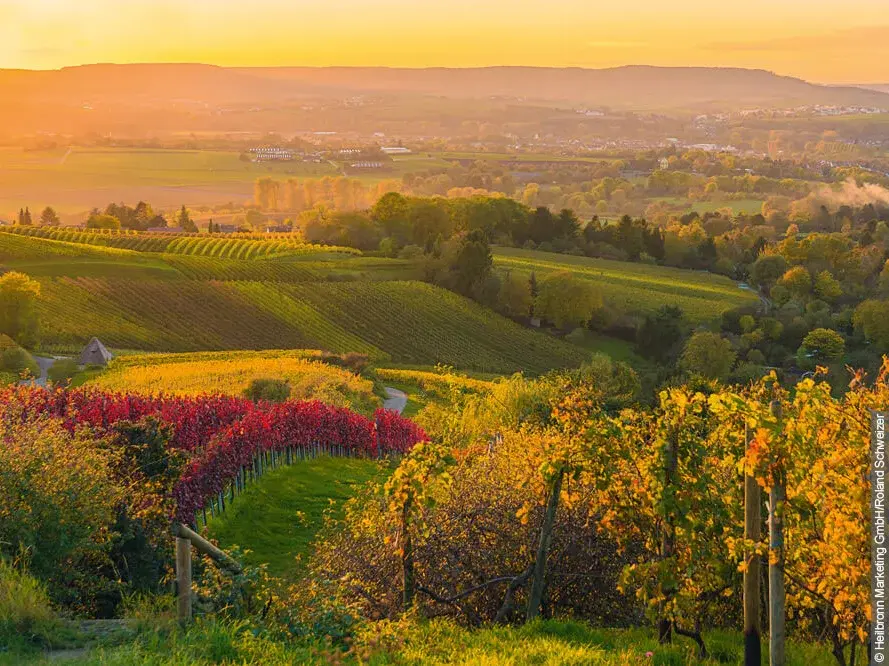
The Neckar River and the surrounding vineyards shape the city. Around 120 family-run wineries in and around Heilbronn produce the famous Württemberg wine, mainly from Trollinger and Lemberger grapes. A Viertele or a 0.25-liter glass of wine in a Besen - a traditional, seasonal wine tavern run by a winemaker - is an essential part of a visit to Heilbronn and the surrounding area. You can find out which Besen is open at any given time by checking the handy Besen calendar. Another highlight is a stroll along the wine panorama trail.
For more information about Heilbronn, please visit the city's official website.
Getting to Know Heilbronn: Facts and Figures
- 125,000 residents
- 8,500 students in the city
- 400 € per month for a room
Mechanical engineering, automotive engineering, metal and electrical industries are core manufacturing sectors in the Heilbronn-Franconia economic region.
Getting Around Town
Leisure Tips
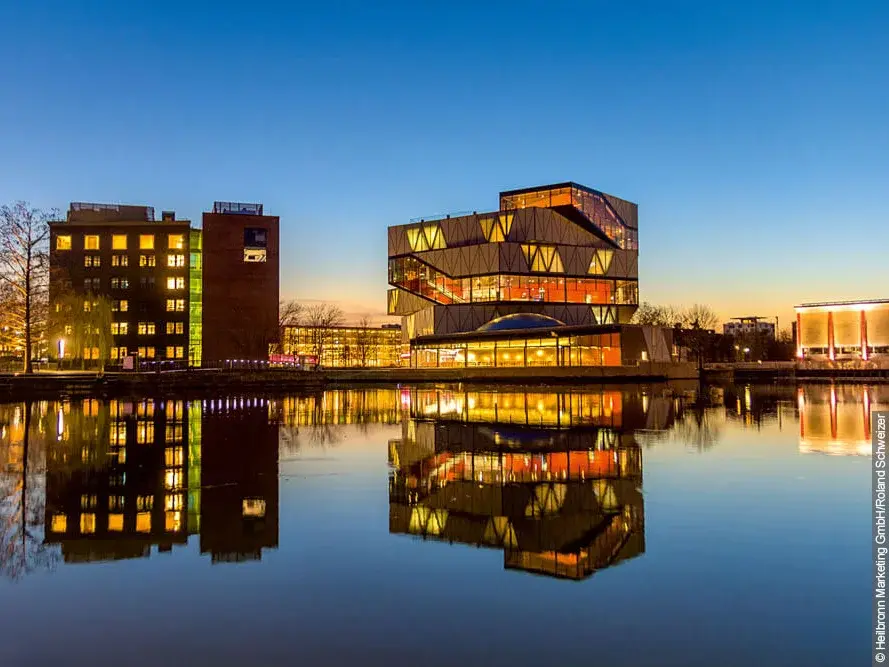
In cooperation with Heilbronn University of Applied Sciences, we offer a variety of physical activities. You can find more information online.
Find a Place to Call Home
Under the following link you will find everything about living in Heilbronn, from dormitories of the Studierendenwerk Heidelberg to private rentals and other useful information such as broadcasting fees, waste disposal etc.
Are you planning your apartment search? These ten Heilbronn districts are connected to public transportation:
- Heilbronn (TUM Campus Heilbronn is located in this district)
- Biberach
- Böckingen
- Frankenbach
- Horkheim
- Kirchhausen
- Klingenberg
- Neckargartach
- Sontheim
